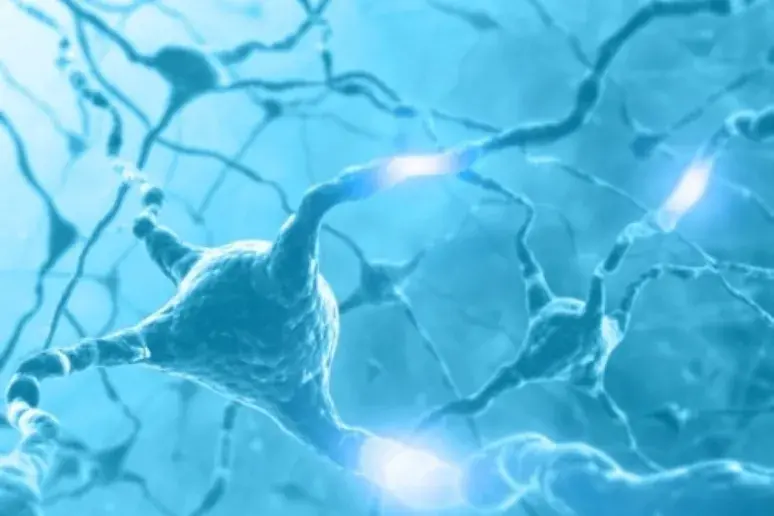
Brain's response to injury is identified
Scientists have identified how the cells within the brain respond to head injury in order to limit the damage and prevent it spreading.
"Considering that they help keep our brain healthy, we know surprisingly little about microglia," says Francesca Peri, who led the work at the European Molecular Biology Laboratory (EMBL) in Heidelberg, Germany.
"Now, for the first time, we've identified the mechanism that allows microglia to detect brain injury, and how that emergency call is transmitted from neuron to neuron."
In order to spread the emergency response around the brain, injured neurons release the molecule glutamate. In response, neighbouring cells increase calcium uptake and release a third molecule called ATP.
Microglial cells then detect the ATP and move towards the sight of the brain injury to clear away cellular debris and dead or dying neurons.
Understanding these detection processes could aid the future study of Alzheimer's and Parkinson's diseases.
Find out more about Alzheimer's disease care at Barchester homes
Find your nearest Barchester care home
With over 200 care homes in the UK, there's always a Barchester care home near you.
